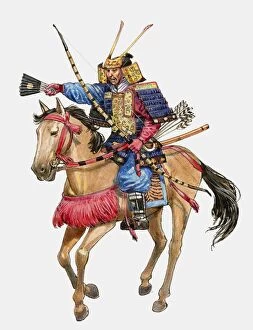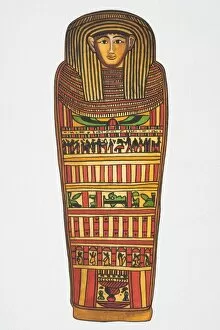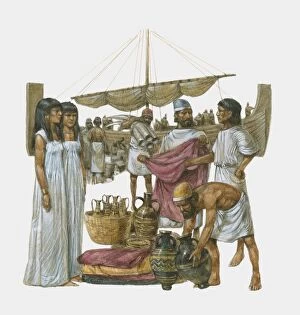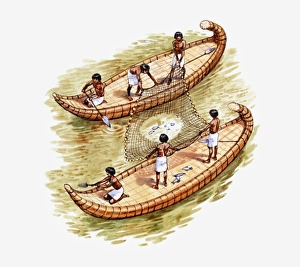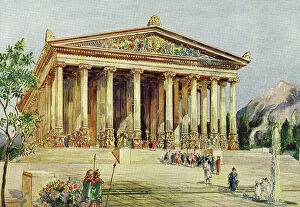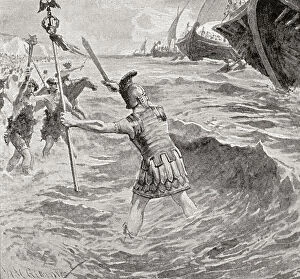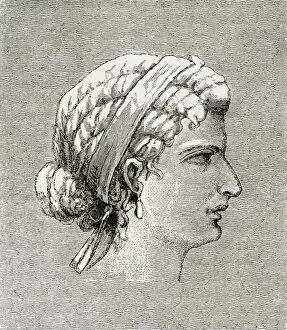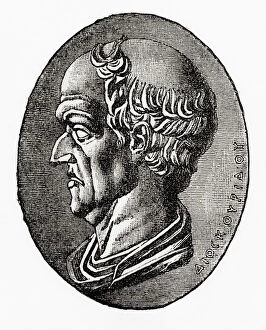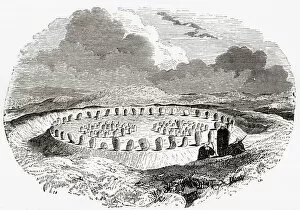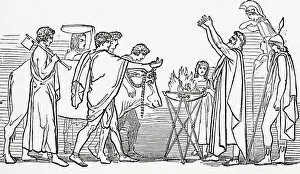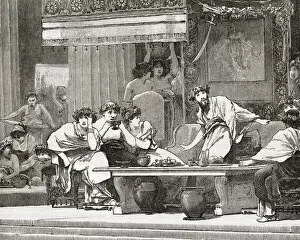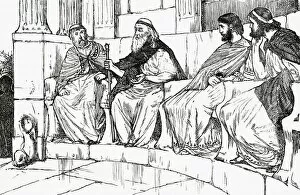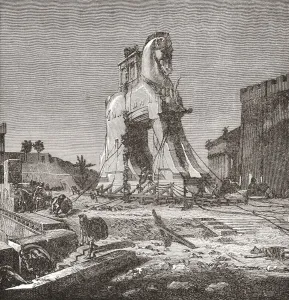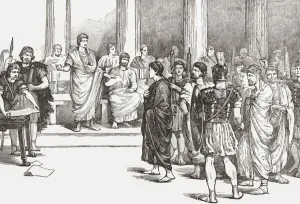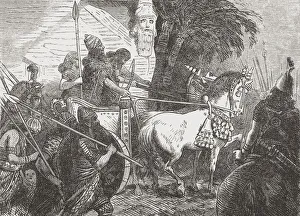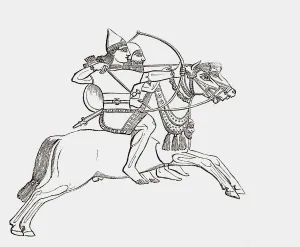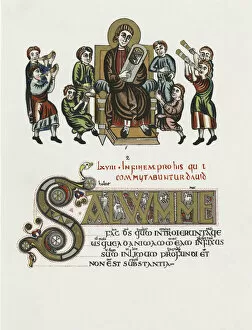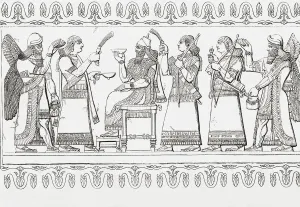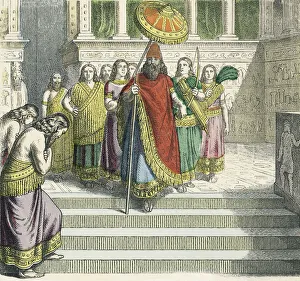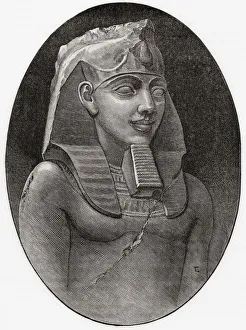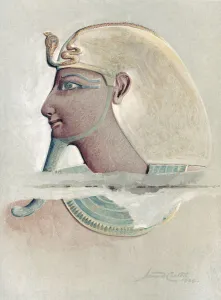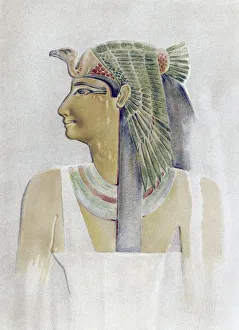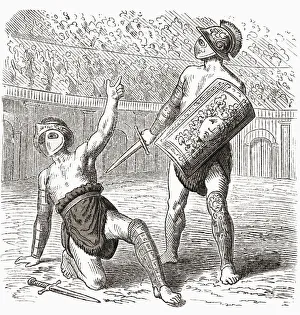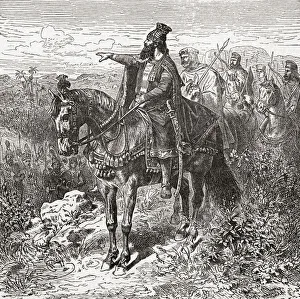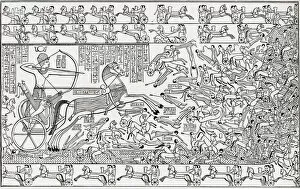Ancient Civilizations Collection (page 8)
"Journey through Time
All Professionally Made to Order for Quick Shipping
"Journey through Time: Exploring the Marvels of Ancient Civilizations" Step into a world of wonder as you delve into the intricate details and fascinating stories of ancient civilizations. The Rosetta Stone, housed in the British Museum in London, England, stands as a testament to human ingenuity and our quest for knowledge. Traveling across continents, discover the Lycian rock tombs nestled in Dalyan, Anatolia, Turkey. These majestic structures in Asia Minor offer a glimpse into the rich history of Eurasia. Marvel at the Ishtar Gate from Babylon displayed at Berlin's Pergamon Museum in Germany. This masterpiece transports you back to an era when empires rose and fell with grandeur. Admire the floor mosaic depicting Triton surrounded by dolphins within Roman central baths' tepidarium. This exquisite artwork takes us back to an era where beauty was celebrated even in everyday life. Crossing over to Ireland, witness Ballydehob Viaduct's 12 arches standing tall amidst picturesque landscapes. A testament to engineering brilliance that has stood against time. In Villa Ariadne at Pompeii's UNESCO World Heritage Site, observe a woman combing her hair reflected on a mirror - frozen moments from ancient daily life preserved for eternity. Immerse yourself among visitors exploring Bath's Roman Baths while gazing upon its magnificent backdrop - the Abbey beyond. Here lies another UNESCO World Heritage Site that showcases Roman opulence blended seamlessly with natural beauty. Stand before The Parthenon atop Athens' Acropolis - an iconic symbol of Greece's glorious past and architectural mastery that continues to inspire awe today. Experience Viking heritage firsthand at Fyrkat; step inside this replica oak timber house located in Hobro, Jutland Denmark – an immersive journey into Norse culture and craftsmanship. No exploration is complete without beholding Egypt’s Giza Pyramids – these monumental structures have captivated minds for centuries as they proudly stand as UNESCO World Heritage Sites in Cairo, North Africa.

